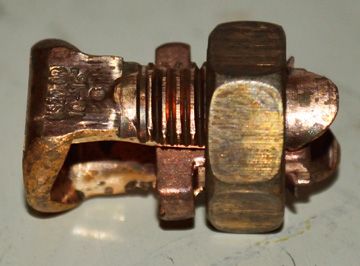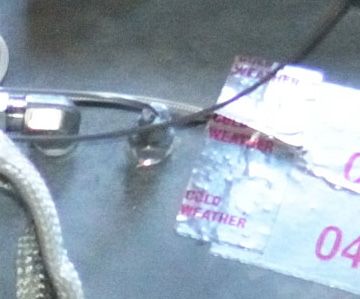Originally posted by Col
View Post
Your argument is sound. I agree the size of the reactor can be allot smaller.
The next section is just my thoughts and not meant to offend anyone:
My philosophy is to keep things simple, less specialized parts mean less variables that may go wrong. If you want to commercialise the process the benefits of a continuous process in MY OPINION does out way the negatives.
However in a third world environment such as africa, robustness and simplicity goes a far way.
Obviously not saying I won't ever consider a continuous process, just think for any novice(myself included) please be very CAREFUL and rather build a batch setup first before considering a continuous process right of the bat.
Regards
AJ






Comment